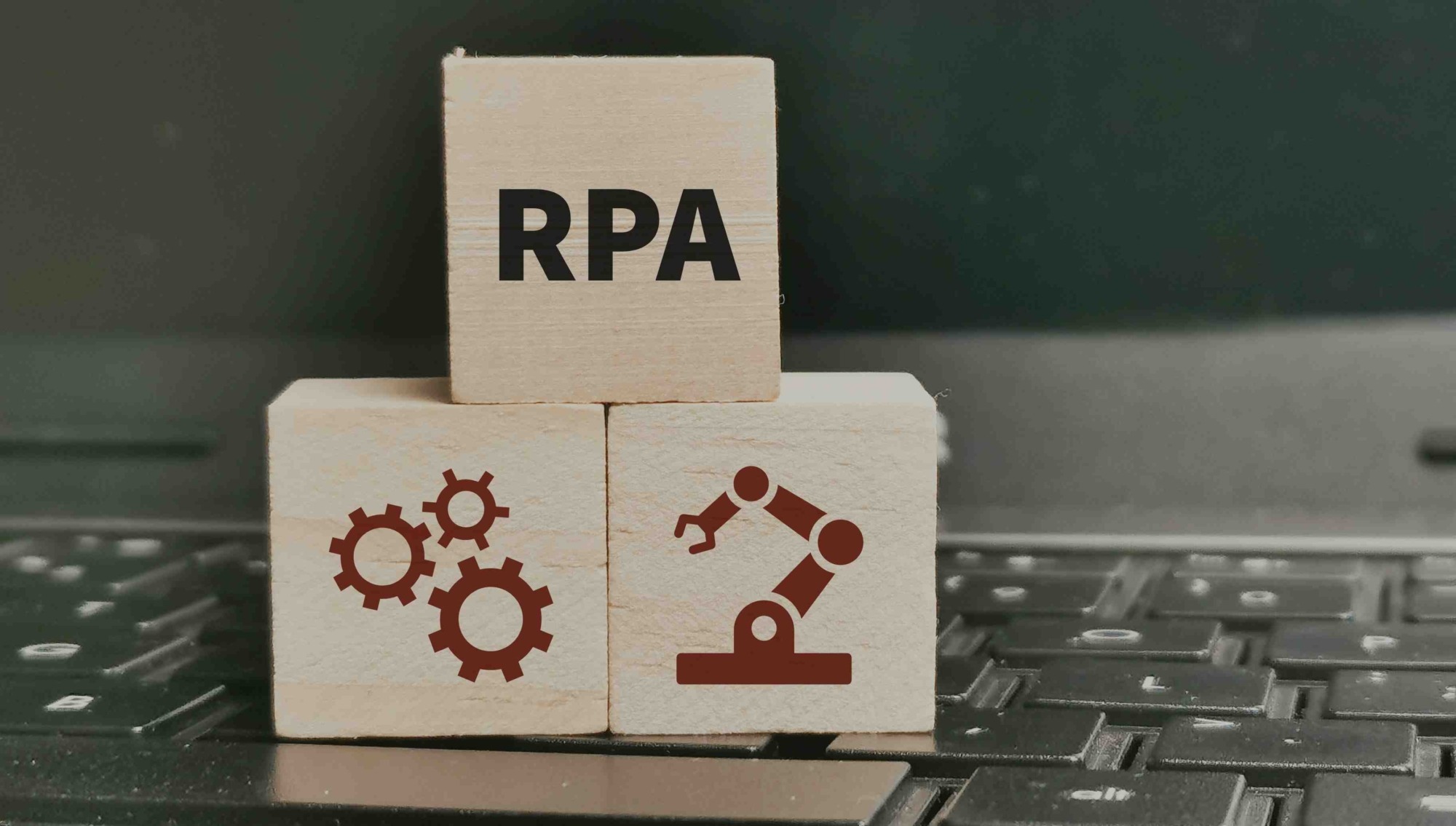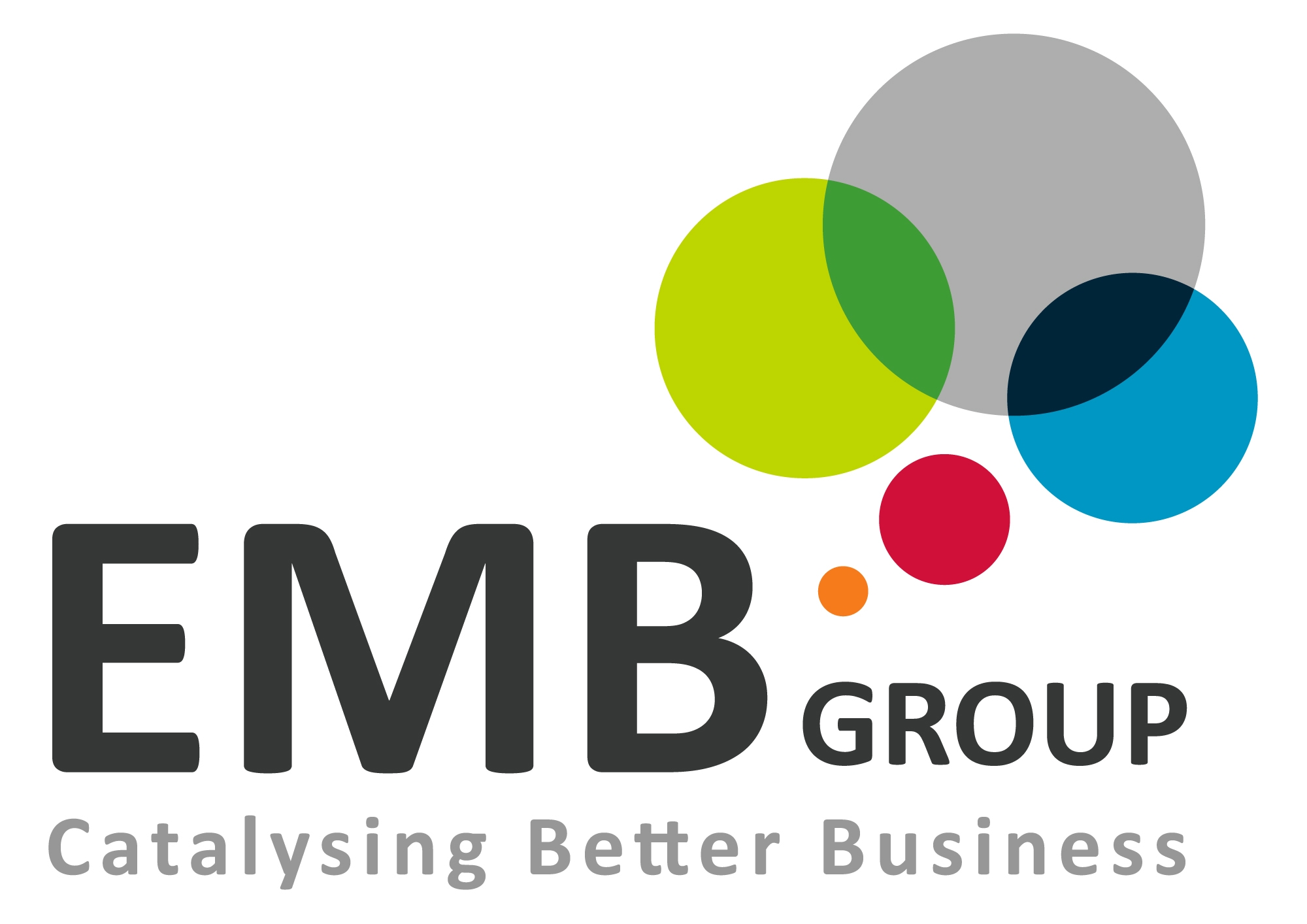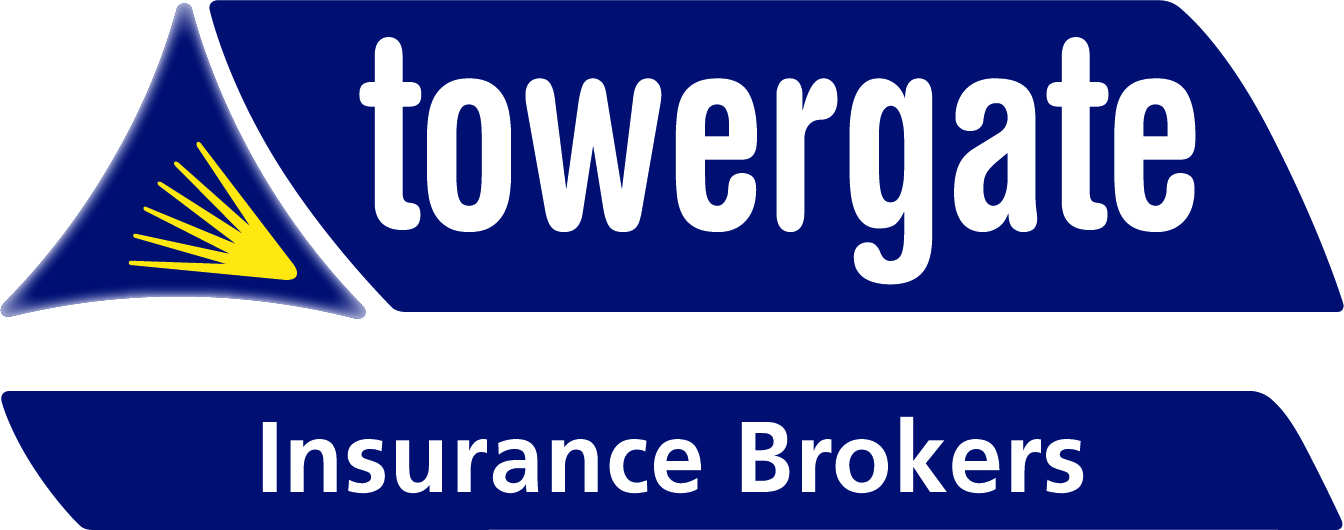

Breaking Down RPA: How It’s More Than Just Automation
Breaking Down RPA: How It's More Than Just Automation
RPA Delivering Automation and other benefits
RPA is automation but it has the potential as a strategic tool for businesses in order to streamline processes, boost productivity, and drive growth.
Robotic Process Automation (RPA) is reshaping industries beyond mere automation.
RPA, involves the use of software robots or “bots” to automate repetitive tasks traditionally performed by humans. RPA solutions mimic human actions to execute rule-based tasks, interact with digital systems, and manipulate data, offering a wide array of benefits across various industries.
While automation is a fundamental aspect of RPA, it is the potential to re-design the “Human in the loop” for business processes that offers the largest potential. Only using people to perform tasks where it is necessary and therefore potentially re-scheduling the automated tasks across the 24 hour period as the constraint of people being available is removed.
RPA solutions can use AI, GenAI and ML to effectively understand, interpret, and extract data from unstructured items such as documents and emails. The extracted information / data can then be processed using the action capabilities of RPA.
The following is what RPA can deliver to a business.
Enhanced Efficiency
RPA eliminates manual intervention in repetitive tasks, leading to significant time savings and improved efficiency. Tasks that once took hours or days to complete can now be accomplished in a fraction of the time by eliminating the elapsed time between actions.
Improved Accuracy
Unlike humans, RPA bots do not suffer from fatigue or make errors due to the monotony of the work. By automating repetitive tasks, businesses can ensure greater accuracy and consistency in their operations, minimizing the risk of costly errors and enhancing data quality.
This level of attention is great for reconciliation activities.
Scalability and Flexibility
RPA solutions are highly scalable and adaptable, allowing businesses to easily accommodate fluctuations in workload and scale their operations as needed. Whether it’s processing a few transactions or handling thousands of requests, RPA bots can process the work that is available, as soon as it is available subject only to the capacity of the RPA configuration that has been deployed.
Greater Compliance
Where RPA is used to automate compliance-related tasks, such as data validation and auditing, its ability to deliver consistency and accuracy will minimise the risk of non-compliance and any associated potential penalties.
Cost Savings
By automating repetitive tasks, businesses can reduce their reliance on manual effort, leading to significant cost savings. There are additional benefits in terms of error reduction and speed of processing.
Change but No-Change
RPA is traditionally implemented by simulating the user actions on existing systems. This means the RPA works through the GUI and there is No Change to the existing applications. This avoids the need for separate testing of the application as the use of RPA does not expose any additional logic in the application. The weakness of such automations is that any change in the GUI can result in adjustments being required in the automation processing to correctly recognise the adjustments.
RPA is also capable of utilising application APIs, which provides an alternative to automation via the GUI. The development of automations using an API will take longer and require more testing that one based on the GUI but it generally will be more robust and potentially execute more efficiently.
Beyond Automation
To go beyond the automation of a task in a business process, RPA can be used to re-design the complete business process. There will need to be planning to determine how people interact with tasks when errors or the unusual occurs. What happens to the timing of the task processing, whether the result of the human interventions are fed back into the automated process or whether people are required to complete the rest of the tasks for that occurrence of the data.
The change to automated processing for the large majority, with human effort used to resolve the minority of the workload, enables a different business perspective to be gained about the costs and the value added elements of the activities.
— || —
Ether Solutions Ltd provide Productivity improvements using Robotic Process Automation solutions – www.ether-solutions.co.uk
“Automate Boring Work” – “Feel the Relief”


















